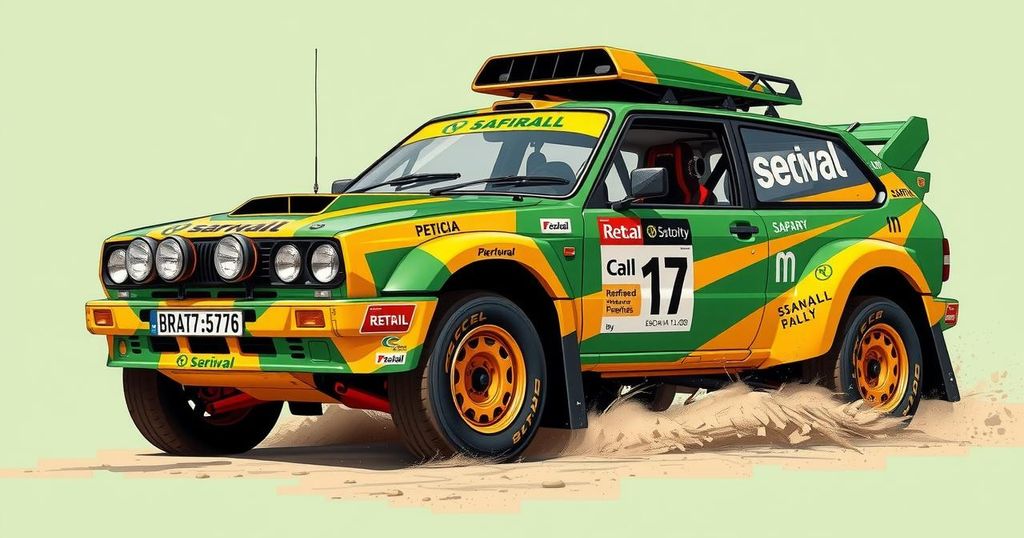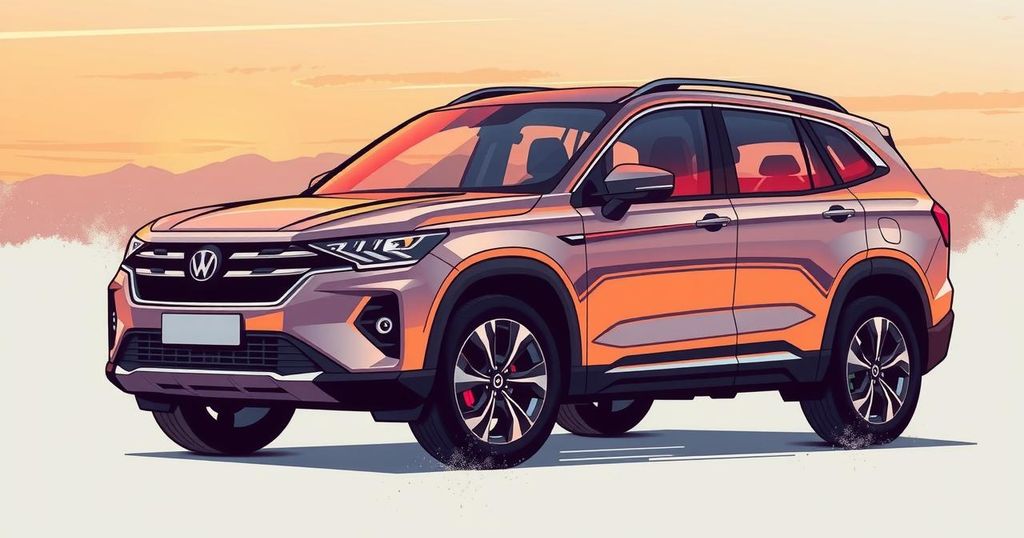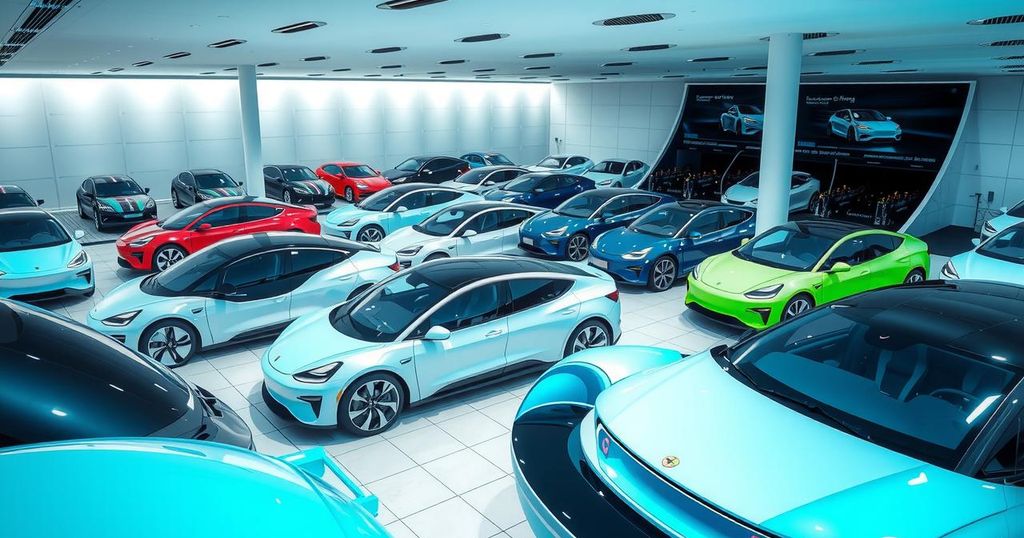Modifications and Challenges at the Safari Rally Kenya
The Safari Rally Kenya, unique to the WRC, requires significant car modifications due to its challenging terrain and unpredictable weather. Key enhancements include snorkels, elevated suspension, and engine adjustments for high altitude. The event will attract 39 drivers from various countries, with a high global viewership and significant on-site attendance.
The Safari Rally Kenya, scheduled for this weekend in Naivasha, stands out as the only event on the World Rally Championship (WRC) calendar that necessitates significant modifications to the cars. These alterations are essential for enduring the grueling conditions of Kenya’s challenging racing routes, known for their difficulty and unpredictability.
The relentless terrain and capricious weather in Kenya pose unique challenges for both drivers and their vehicles. Officially beginning with a flag-off by President William Ruto, the event features a Super Special Stage in Kasarani, followed by a journey to Naivasha, where crews will tackle an extensive 384 competitive kilometers, the longest distance for the year.
One of the most visible modifications to the cars is the addition of snorkels, which are elevated air intakes crucial for engine performance during deep water crossings. This adjustment mitigates the risk of water ingestion that could stall the engine, a common issue in the region.
To adapt to the rugged Safari Rally landscape, the suspension of the cars has been elevated. This higher ride height addresses the relentless undulations, sharp ruts, and substantial rocks that can jeopardize a rally. The challenge lies in balancing ground clearance with stability to maintain speed on the rally’s rapid segments.
Taking place at high altitude in Naivasha, the Safari Rally presents further engine challenges due to thinner air, which reduces engine power. Teams optimize engine maps to enhance performance, with every horsepower being crucial across the striking African plains.
With 39 international drivers participating, this year’s motorsport event is anticipated to attract over 85 million viewers globally, alongside an expected attendance of 100,000 fans in Naivasha.
The race will feature vehicles from major manufacturers, including Toyota, Hyundai, and Ford. Hyundai’s motorsport team is determined to challenge Toyota’s dominance in the Safari Rally since its WRC return in 2021, with notable drivers such as Thierry Neuville and Ott Tänak competing. M-Sport Ford enters the arena with three Puma Rally1 cars driven by Grégoire Munster, Josh McErlean, and Jourdan Serderidis. In WRC2, reigning champion Oliver Solberg will lead in a Toyota GR Yaris Rally2, accompanied by debutant Kajetan Kajetanowicz.
The Safari Rally Kenya is a unique event on the WRC calendar, characterized by significant modifications to the vehicles in response to the country’s challenging terrain and unpredictable weather. As teams prepare for an impressive 384 kilometers of competitive stages, they face unique challenges that highlight their engineering adaptability. Frontline drivers representing esteemed manufacturers contribute to a globally viewed spectacle, attracting millions and showcasing the resilience required in rallying.
Original Source: www.the-star.co.ke




Post Comment